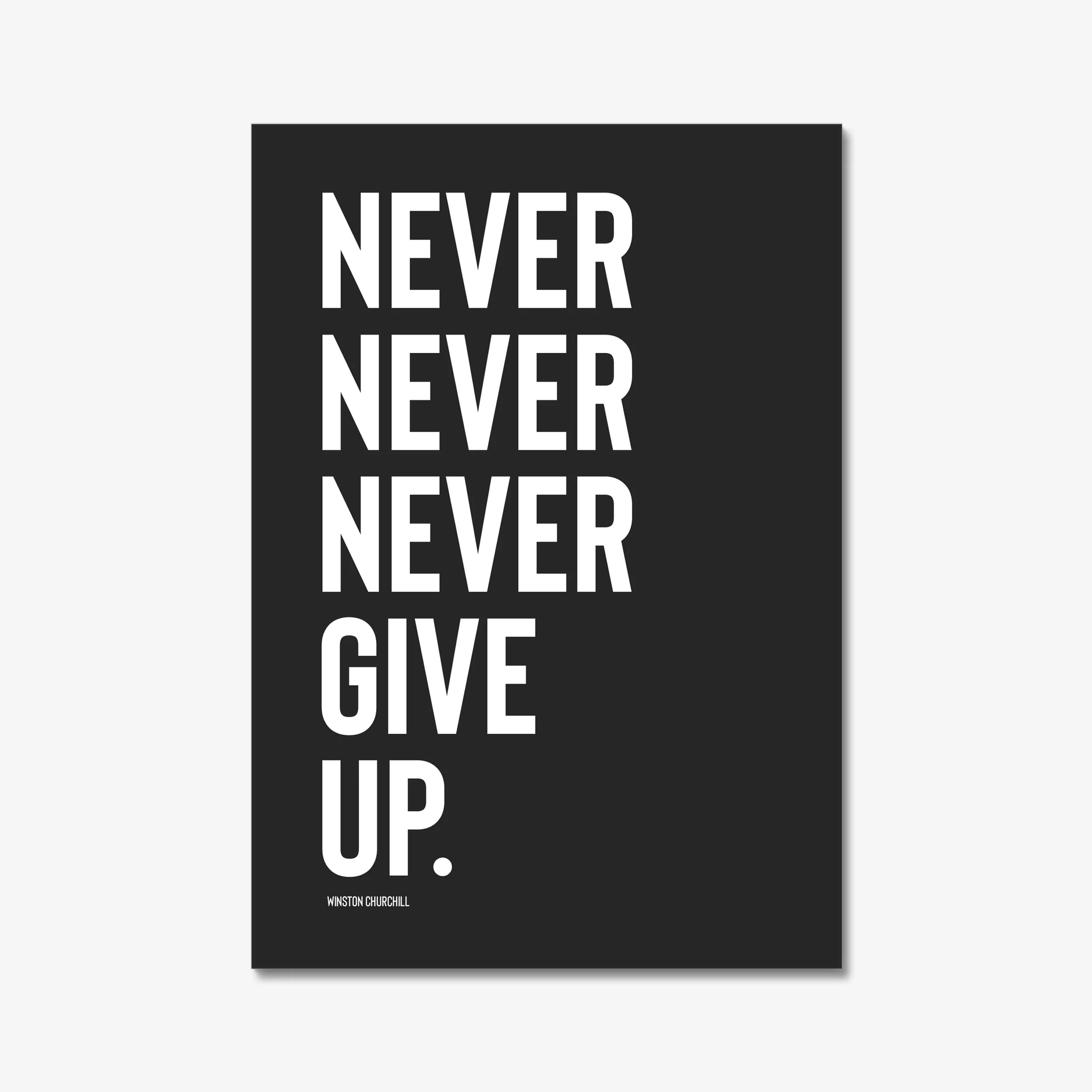
There’s no getting away from it — the recruitment market is one of the toughest it’s been in years.
The Recruitment & Employment Confederation’s data shows permanent and contract hiring has been in steady decline since 2022, and volumes remain well below historic averages. Big names like Hays, Michael Page, and S3 Group have all reported significant profit drops — Michael Page down by around 50%.
This isn’t just a cyclical blip. The fundamentals of how talent moves and how employers hire have shifted.
Why This Downturn Feels Different
In previous slowdowns, the pattern was simple: a short-term dip, a burst of caution, and then a rebound when confidence returned. This time, the bounce-back hasn’t come. Instead, we’re seeing a prolonged squeeze caused by multiple factors converging at once:
1. Candidate Caution at an All-Time High
Even unhappy employees are thinking twice before moving. Stories of people joining a new employer and being made redundant within months have created a “better the devil you know” mindset. Risk aversion slows down recruitment — offers take longer to accept, counteroffers get a warmer reception, and more candidates drop out mid-process.
2. Counteroffers Have Levelled Up
Counteroffers used to be about salary alone. Now they come packaged with flexible working arrangements, training budgets, retention bonuses, and bespoke perks. It means the “pull” from a new opportunity has to be much stronger to outweigh the comfort of staying put.
3. Clients Are More Demanding, Less Decisive
Hiring managers want “unicorn” candidates — perfectly skilled, immediately productive — but often without the salary to match. At the same time, decision-making has slowed, with more interview stages and more stakeholders involved, which increases the chance of losing candidates to faster-moving competitors.
4. Recruitment Has Been Decentralised
The days when a hiring manager could make the final call are fading. Now HR, Talent Acquisition, Finance, and even Procurement often have veto power. This creates longer timelines, more process, and more room for deals to stall.
5. A Slow-Burn Skills Gap
Demand hasn’t disappeared entirely — it’s just concentrated in specific, high-skill niches. If you’re in those spaces, you’re busy; if not, it can feel like the market has dried up. The challenge is that pivoting into a new niche takes time, relationships, and specialist knowledge.
6. The Squeezed Middle
At the lower end of the market, automation, job boards, and direct advertising are filling roles cheaply and quickly. At the top end, retained executive search is still strong. It’s the mid-level contingent recruiter who’s under the most pressure — too senior to thrive in volume hiring, not specialised enough to command retained fees.
7. Relationship Equity Has Worn Thin
During the post-Covid hiring boom, some recruiters deepened their client relationships — others simply rode the wave of urgent demand. Now, when clients ask “What value are you really adding?” those without strong relationship equity are finding the door harder to reopen.
The Macro-Economic Drag
On top of all this, the economic backdrop is hardly inspiring. The UK economy has been sluggish for years, inflation remains stubbornly high, and the cost of doing business is putting pressure on investment and growth. Even well-intentioned measures like the national minimum wage increase risk pushing financially stretched SMEs closer to the edge.
This is, in my view, the most difficult climate for UK businesses since immediately after Covid — except this time there’s no pent-up demand waiting to pull us out.
Why SMEs Can Still Compete — and Win
There is opportunity here, but it belongs to the adaptable. Smaller agencies have access to the same tools, data, and automation as the big players, but without the corporate bureaucracy. That agility is a huge advantage — if it’s used well.
The game now is about specialisation, relationship depth, and delivering genuine value that goes beyond sending CVs. That might mean:
Focusing on candidate pools where demand still outstrips supply.
Offering clients market intelligence and salary benchmarking they can’t get elsewhere.
Building long-term candidate relationships so you’re the first call when they’re ready to move.
Consistency Is the Edge
Recruitment will always be part numbers game, part timing game. I’ll send hundreds of targeted approaches knowing most won’t result in an immediate conversation. That’s not rejection — that’s reality.
When the timing is right, one candidate can change the trajectory of your month. But that only happens if you’ve been showing up consistently, even when the results aren’t instant.
Keep Showing Up
The recruiters who come out of this market in a stronger position will be the ones who adapted early, focused on relationships, and kept up the right activity levels.
Keep showing up, keep refining your approach, and the wins will follow.

